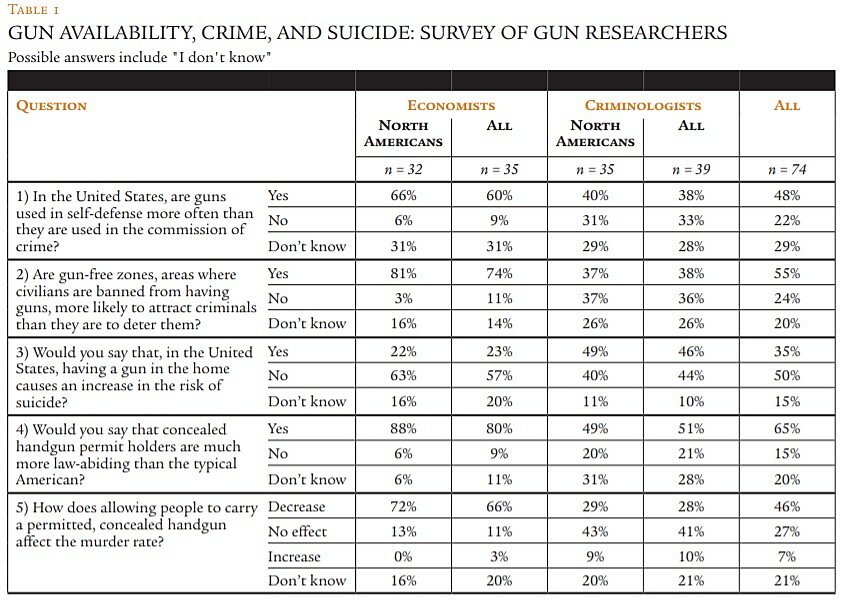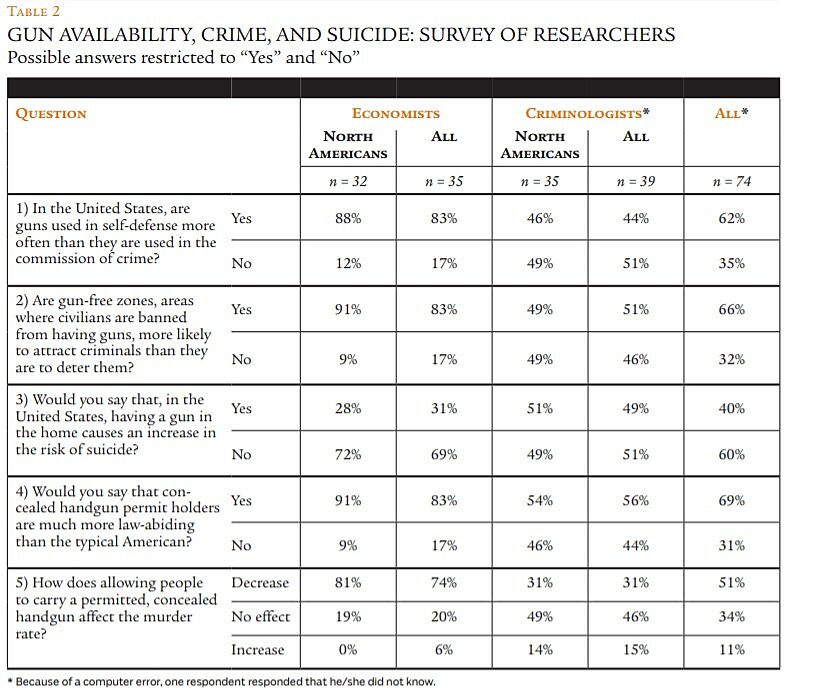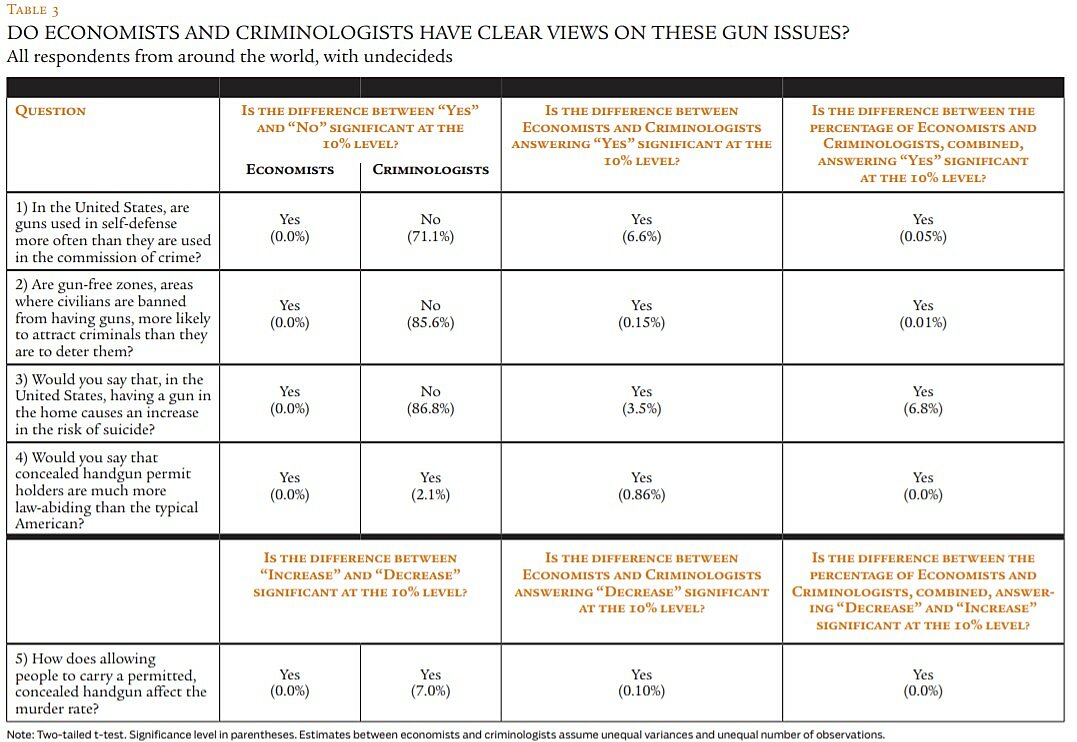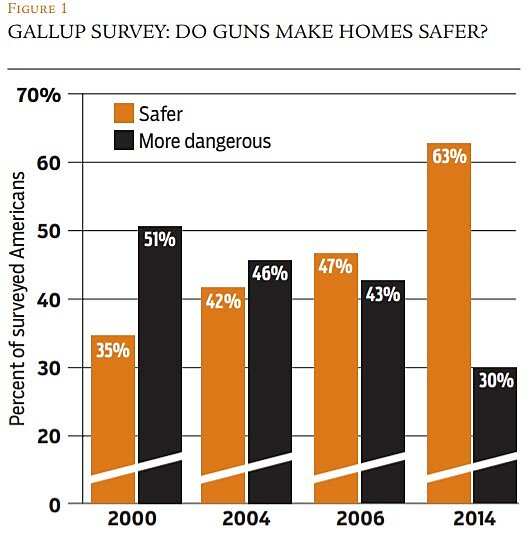The experts we examined can be divided into two groups: economists and criminologists. Both deal with crime, but from very different perspectives. Gary Becker got economists started on this issue with his seminal 1968 Journal of Political Economy article, “Crime and Punishment: An Economic Approach.” Economics is based on the “law of demand,” which holds that as something becomes more costly, people do less of it. Applied to crime, this concept indicates that crime will decrease as the probability of arrest and conviction or the severity of punishment increases. In sharp contrast to criminologists, all empirical work by economists on crime includes law enforcement as a key factor. Criminologists do not have a similar unifying theory of human behavior.
There are other reasons to expect different responses from the two groups of crime researchers. For instance, economists are generally more skeptical of regulation, focusing on its unintended effects and pointing out that regulations designed to save lives may actually result in more deaths. Another difference is political affiliation; though academic economists and criminologists are both predominantly Democrats, Democratic economists outnumber their Republican counterparts by almost three to one, while in sociology (of which criminology is a subfield) there are about 37 Democratic faculty members for every Republican.
Methodology
We obtained our survey list of economists using the academic publication database JSTOR, selecting the Economics subset (632 sources), and doing a full-text search for “gun control” for all years limited to peer-reviewed books and articles (not book reviews or publications categorized as “miscellaneous”). We got 234 hits. We then obtained copies of those articles to determine if they contained empirical work on the issues of guns and crime, accidents, or suicides. Empirical studies that only dealt with voting behavior by politicians or the electorate, or were surveys themselves, were excluded.
Our questionnaire was very short, consisting of between six and 11 questions. On average, the survey took economists three minutes and one second to complete. We distributed it by email to a list of 53 researchers who had published peer-reviewed research on firearms in economics journals from January 1997 to July 2013. In three cases the email address was no longer valid and we were unable to find a current email. Of the valid email addresses, 43 were Americans, four were Canadians, two were Australians, and one was Swedish. For those who didn’t respond to the initial email, a couple of follow-up emails were sent, and then one of us, Gary Mauser, made a telephone call to encourage participation. For three individuals, the survey information was taken over the telephone.




